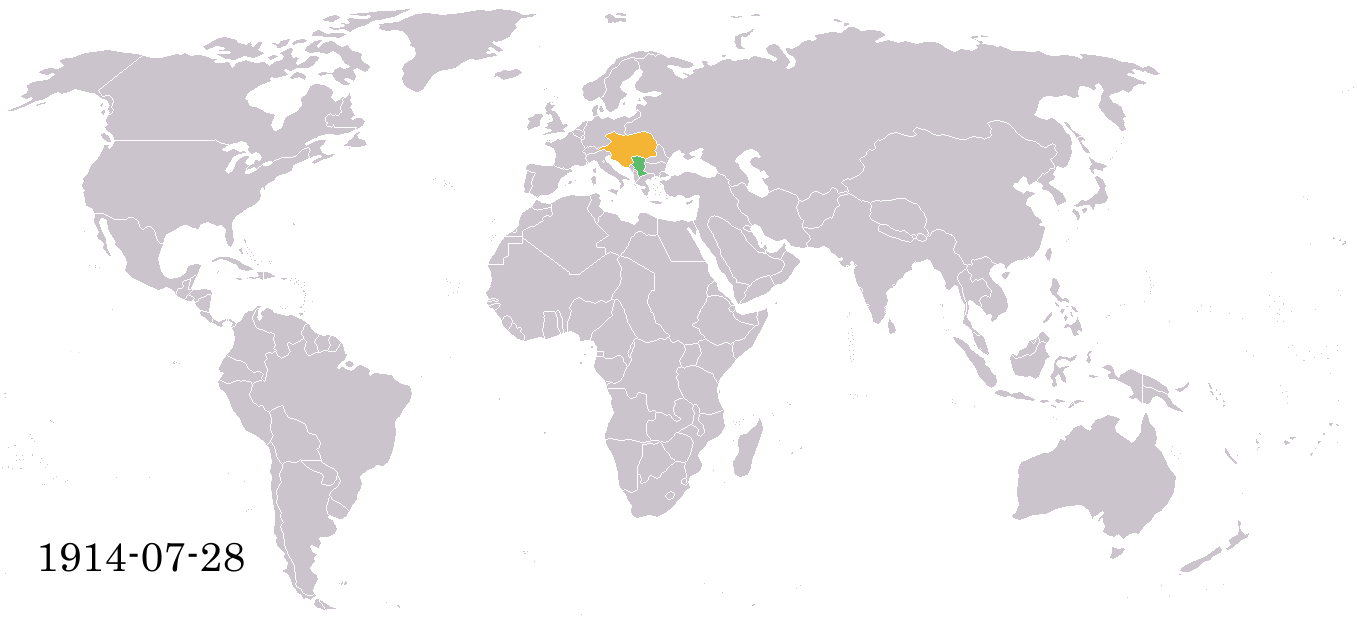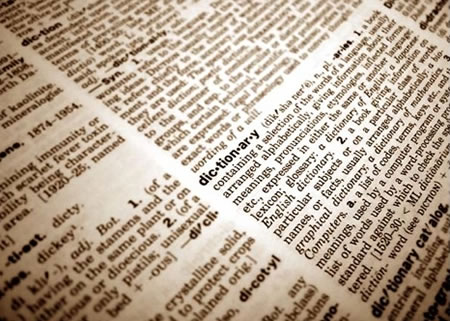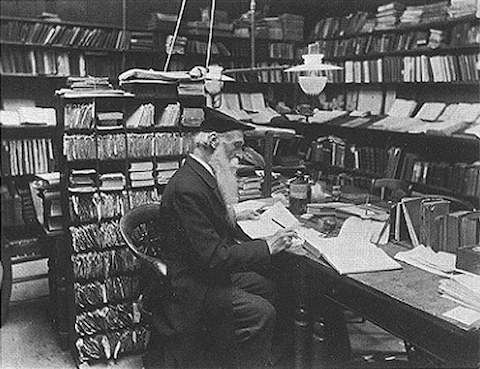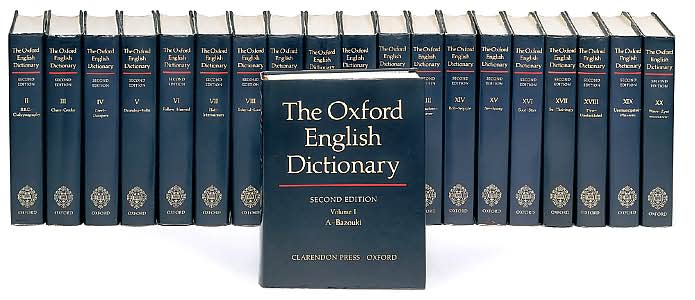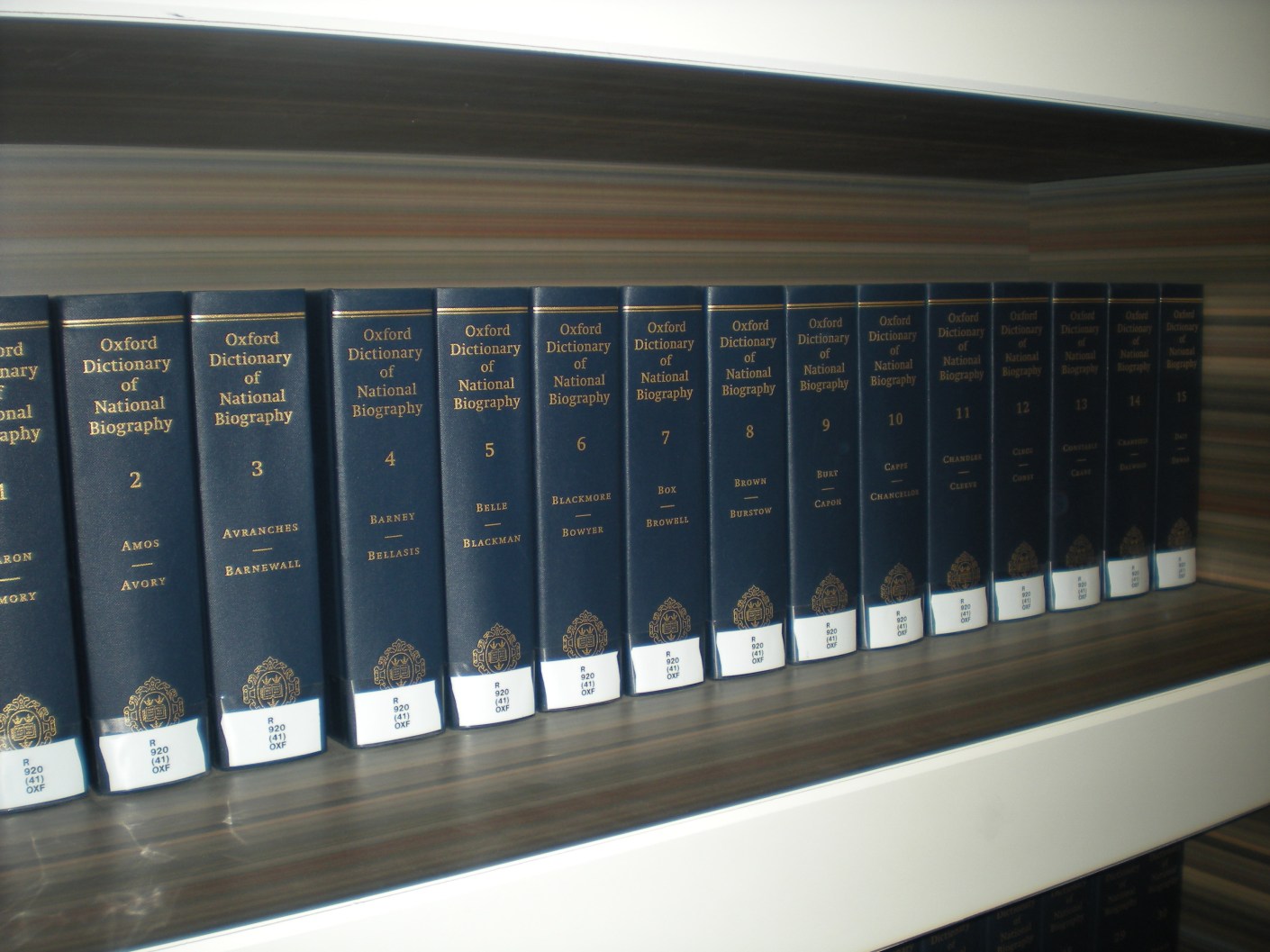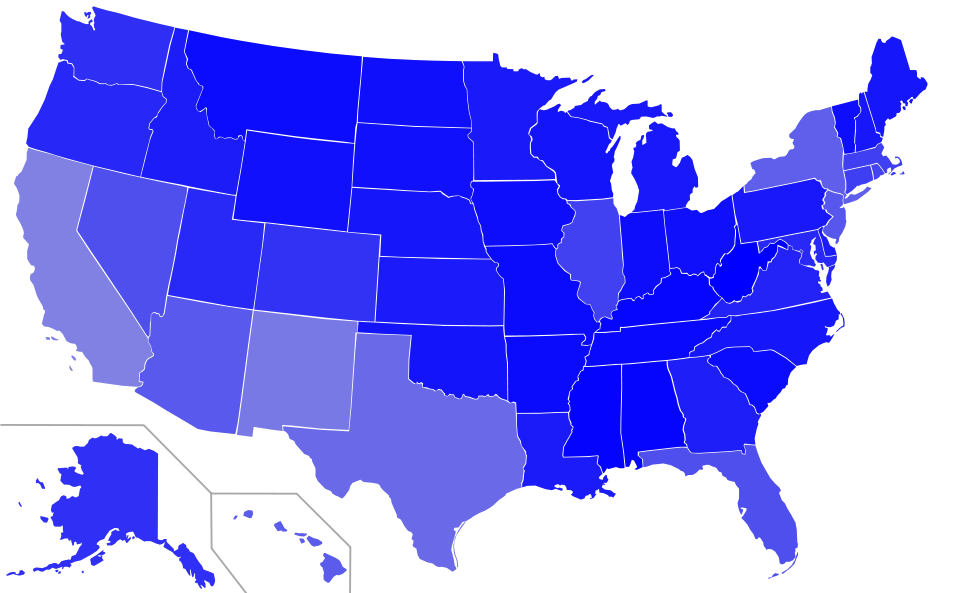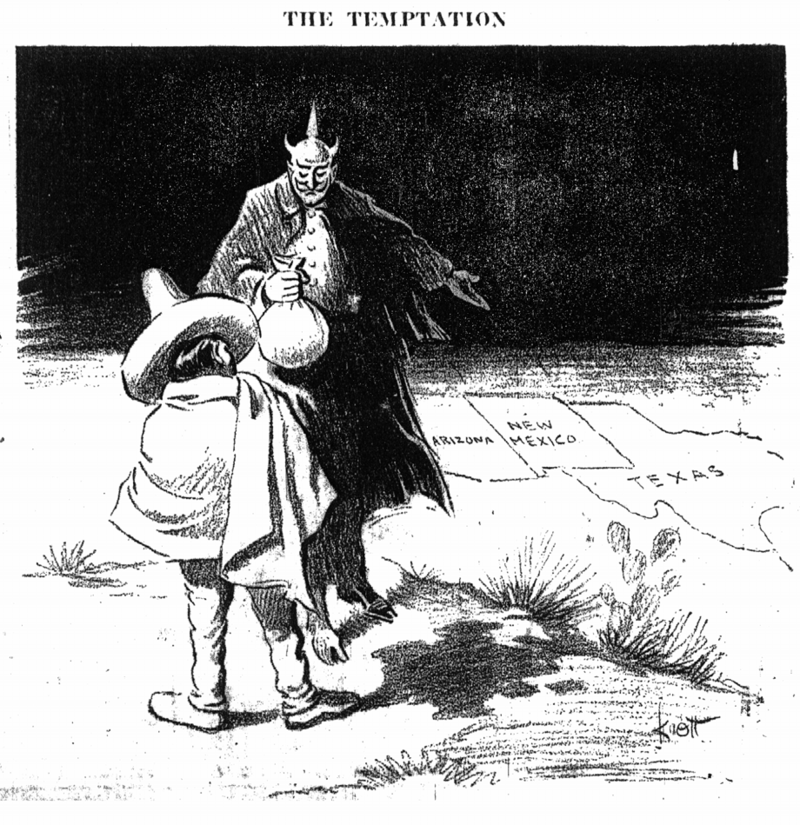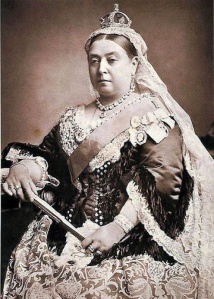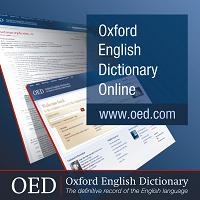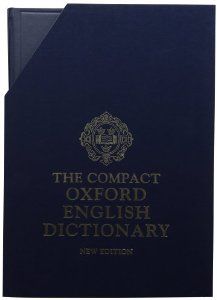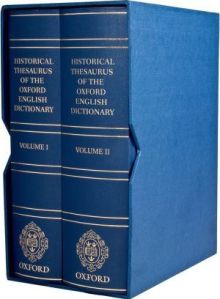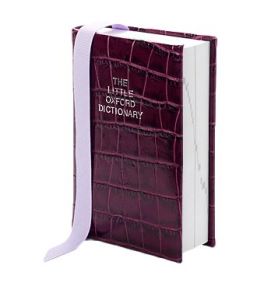Los fascículos
Para principios de 1894 se había publicado un total de 11 fascículos, aproximadamente uno al año: cuatro para A y B, cinco para la C, y dos para la E. De éstos, ocho eran de 352 páginas, mientras que el último de cada grupo era más corto para acabar con el cambio de letra (que con el tiempo se convertiría en un cambio de volumen). Entonces se decidió publicar la obra en entregas más pequeñas y frecuentes; así, a partir 1895, hubo cada 3 meses un nuevo fascículo de 64 páginas. Si había material suficiente, podían publicarse de una vez 128 o incluso 192 páginas. Este ritmo de trabajo se mantuvo hasta que la Primera Guerra Mundial obligó a recortes de personal. Este mismo material fue publicado además en el formato más grande de los fascículos originales, para aquellos que así lo preferían, a medida que se iba disponiendo de páginas suficientes.
Otro cambio hecho en 1895 fue el cambio de título por Oxford English Dictionary (abreviado OED), en inglés “Diccionario de inglés de Oxford”, pero sólo en las cubiertas exteriores de los fascículos, ya que se conservaba como oficial el título original, que aparecía en todos los demás sitios.
El 125.º y último fascículo, comprendiendo las palabras entre “Wise” hasta el final de la “W”, fue publicado el 19 de abril de 1928, siendo inmediatamente seguido por la edición completa del diccionario en volúmenes encuadernados.
La primera edición y el primer suplemento
Se había planeado publicar el “New English Dictionary” en diez volúmenes, que empezarían por A, C, D, F, H, L, O, Q, Si, y Ti; pero, a medida que el proyecto avanzaba, los últimos volúmenes se iban haciendo cada vez más grandes, y aunque la edición completa de 1928 mantenía oficialmente la numeración pretendida, los volúmenes IX y X fueron en realidad publicados como “medios volúmenes”, divididos por Su y V, respectivamente. La edición completa estaba disponible también como un conjunto de 20 medios volúmenes, en dos tipos de encuadernación. El precio era de 50 o 55 guineas, dependiendo del formato y la encuadernación.
Habían pasado 44 años desde la publicación de A-Ant y, por supuesto, la lengua inglesa había seguido cambiando y desarrollándose, por lo que los primeros volúmenes estaban notablemente desfasados. La solución fue producir un suplemento, listando todas las palabras y significados que habían aparecido desde que aquellas páginas habían sido publicadas por primera vez; esto además dio la oportunidad de corregir errores y omisiones detectadas. A los compradores de la edición de 1928 se les prometió una copia gratis del suplemento cuando apareciera.
El suplemento fue de nuevo producido por dos editores trabajando en paralelo. Craigie, ahora en Estados Unidos, hizo la mayor parte de la investigación sobre los usos del inglés americano, y editó además los tomos L-R y U-Z, mientras que Onions hizo A-K y S-T. Esta labor llevó otros cinco años.
En 1933 se reeditó el diccionario completo, ahora por primera vez bajo el título oficial de “Oxford English Dictionary”. Los volúmenes tras los primeros seis fueron adaptados para igualar y eliminar la numeración de “medios volúmenes”: el diccionario principal consistía ahora de doce volúmenes, numerados como tales, y que empezaban respectivamente por A, C, D, F, H, L, N, Poyesye, S, Sole, T, y V. El suplemento fue incluido como el 13º volumen. El precio del diccionario fue rebajado a 20 guineas, lo que debió consternar a los compradores de la edición de 1928 cuando recibieron sus suplementos gratuitos.
==========================================EN INGLÉS==========================================
The fascicles
By early 1894 he had published a total of 11 fascicles, about one per year: four for A and B, five for C, and two for E. Of these, eight were 352 pages, while the last of each group was shorter to end the letter change (which will eventually become a volume change). Then it was decided to publish the work in smaller, more frequent deliveries; and, from 1895, there was every 3 months a new 64-page booklet. If there was sufficient material could be published once 128 or even 192 pages. This work rate was maintained until the First World War forced cuts. This same material was also published in the larger format of the original booklets, for those who so chose, as it was to have sufficient pages.
Another change made in 1895 was the change of title Inglés Oxford Dictionary (OED abbreviated) in English “Oxford English Dictionary”, but only in the outer covers of the fascicles, because the original title was retained as official, which appeared in all other sites.
The second and last issue 125., Comprising the words in “Wise” to the end of the “W” was published on April 19, 1928, and was immediately followed by the complete edition of the dictionary in bound volumes.
The first edition and the first supplement
We had planned to publish the “New Inglés Dictionary” in ten volumes, which begin with A, C, D, F, H, L, O, Q, Si, and Ti; but as the project progressed, the last volumes were becoming increasingly large, and although the complete 1928 edition officially maintained the proposed numbering, the ninth and tenth volumes were actually published as “average volume”, divided by Su and V, respectively. The complete edition was also available as a set of 20 average volumes in two types of binding. The price was about 50 or 55 guineas, depending on the format and binding.
It had been 44 years since the publication of A-Ant and, of course, the English language had continued to change and develop, so the first volumes were significantly outdated. The solution was to produce a supplement, listing all the words and meanings that have appeared since those pages were first published; This also gave the opportunity to correct errors and omissions detected. Buyers of the 1928 edition were promised a free copy of the supplement when it appeared.
The supplement was again produced by two editors working in parallel. Craigie , now in the U.S., did most of the research on the uses of American English , and I also edited the LR and UZ volumes, while Onions made AK and ST . This work took five years.
In 1933 the entire dictionary was reissued, now for the first time under the official title “Oxford Dictionary Inglés”. Volumes after the first six were adapted to match and remove numbering “average volume”: the main dictionary now twelve volumes was numbered as such, and that started respectively by A, C, D, F, H, L, N, Poyesye, S, Sole, T, and V. The supplement was included as the 13th volume. The price of the dictionary was reduced to 20 guineas, which had consternar buyers edition 1928 when they received their free supplements.

